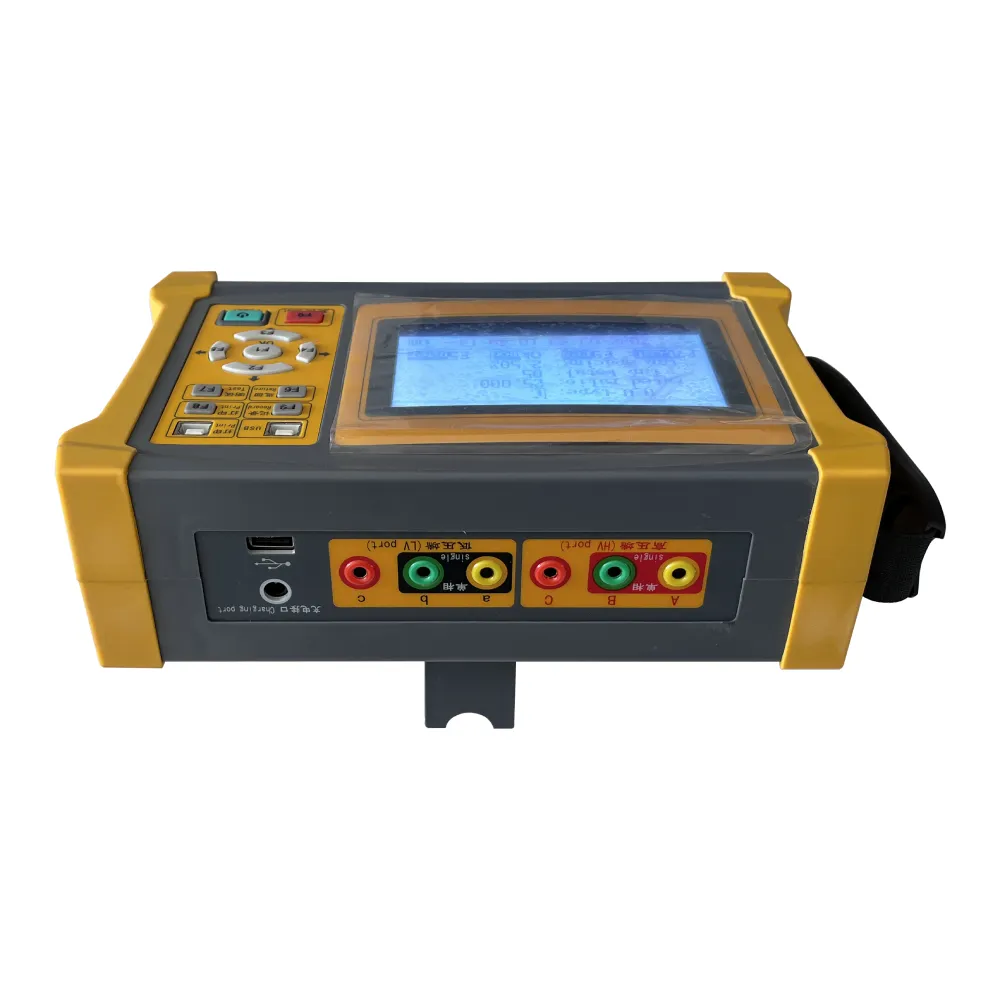 English
English


Advances in Preparative Gas Chromatography Techniques for Enhanced Purification and Separation Efficiency
Preparative Gas Chromatography An Overview
Preparative gas chromatography (PGC) is a vital technique in the field of analytical chemistry, primarily used for the separation and purification of volatile compounds. Unlike traditional gas chromatography, which is typically employed for analysis and quantification, PGC is designed for the preparative scale, allowing for the isolation of significant quantities of compounds for further study or application.
At its core, gas chromatography operates on the principle of partitioning a mixture of compounds between a stationary phase and a mobile gas phase. In preparative gas chromatography, the objective is to separate individual components of a mixture in such a way that they can be collected in pure form. This is particularly useful in fields such as pharmaceuticals, environmental testing, petrochemicals, and food science, where researchers may need to extract specific compounds for various applications.
The process of preparative gas chromatography begins with the sample injection, where a mixture of compounds is introduced into the chromatographic system. The sample is vaporized and carried by an inert gas, commonly helium or nitrogen, through a column packed with a stationary phase. As the mixture travels through the column, different compounds interact with the stationary phase to varying degrees, leading to their separation based on volatility and polarity.
One of the critical aspects of PGC is the design of the column and the choice of stationary phase. For preparative applications, the columns are often larger in diameter compared to analytical columns, allowing for the collection of larger quantities of each isolated compound. The choice of stationary phase can also significantly affect separation efficiency and selectivity, influencing both resolution and yield.
preparative gas chromatography

Following the separation process, the individual components emerge from the column at different times, known as retention times. In PGC, the separated compounds are collected in fractions, often into vials or other containers. The purity and identity of the collected samples can then be verified using various analytical techniques, such as mass spectrometry or NMR spectroscopy, to ensure that the desired compounds have been successfully isolated.
One of the significant advantages of preparative gas chromatography is its ability to handle complex mixtures. Many natural products, pharmaceuticals, and essential oils contain a vast range of volatile compounds, and PGC provides a robust platform for isolating these components efficiently. Additionally, PGC is often faster and more cost-effective than other preparative techniques, such as liquid chromatography, especially when dealing with volatile substances.
However, preparative gas chromatography does have its limitations. For instance, it is not suitable for non-volatile or thermally labile compounds, and care must be taken to optimize conditions to prevent the degradation of sensitive compounds during the separation process. Furthermore, as the scale of preparation increases, maintaining a consistent temperature and flow rate becomes crucial to achieve reliable separation and desired yield.
In conclusion, preparative gas chromatography is an essential tool for chemists and researchers seeking to isolate and purify volatile compounds from complex mixtures. With continued advancements in technology and methodologies, PGC will likely remain a crucial technique in various scientific fields, enabling the discovery and utilization of new substances in pharmaceuticals, environmental science, and beyond. As innovations continue to emerge in chromatography, one can anticipate improvements in efficiency, selectivity, and applicability, paving the way for a deeper understanding of chemical components and their potential applications.
-
Differences between open cup flash point tester and closed cup flash point testerNewsOct.31,2024
-
The Reliable Load Tap ChangerNewsOct.23,2024
-
The Essential Guide to Hipot TestersNewsOct.23,2024
-
The Digital Insulation TesterNewsOct.23,2024
-
The Best Earth Loop Impedance Tester for SaleNewsOct.23,2024
-
Tan Delta Tester--The Essential Tool for Electrical Insulation TestingNewsOct.23,2024





